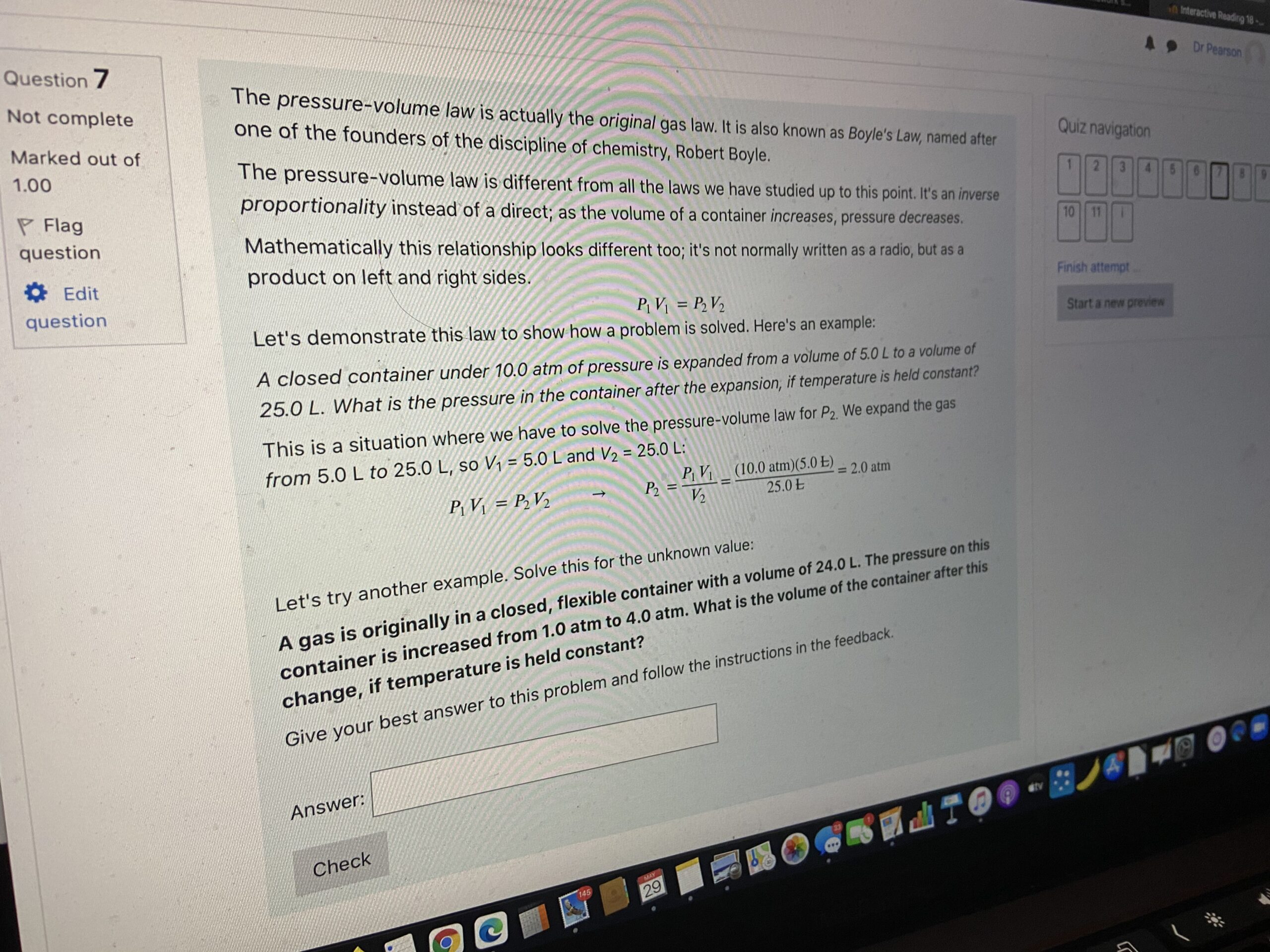How an isolated OER creator comes to realize he’s creating OER
The majority of people who would look twice at a conference presentation entitled “Open Online Homework Systems” aren’t the type of people who need the revelations I received between 2011 and 2016. But they may be the people who need to know about higher education instructors working very quietly with the “freedom” to teach without producing scholarship or talking to peers at other institutions about the problems they’re facing.
So for the benefit of explaining how somebody who works on problems in teaching in isolation comes out of isolation, the two major events that brought me into conversation with others:
The first was attending the Summit meeting of the Appalachian College Association in September 2011. I’d moved from Shorter University in northwest Georgia to Virginia Intermont College in Southwest Virginia that summer, and it became very obvious very quickly that while Shorter saw itself as an isolated defender of Southern Baptist higher education, Virginia Intermont saw itself as a member of a set of peer institutions that needed one another to do their job educating the American Central Appalachians better.
It may sound comical that being in the same room as several other people teaching in your discipline at similarly resource-limited small rural colleges would be such a revelation. For me, it was the most liberating experience – a simple, tangible realization that I wasn’t doing this work alone, as I’d been conditioned to feel at Shorter. It led me to being more willing to reach out and talk to people at other institutions.
I also became active on Twitter during this time. Twitter made this reaching out easier, and allowed me to extend my circle of connections beyond merely those I lived close to, and beyond those in my own discipline. Here is another way I was conditioned to be isolated: with so much of my education in physics, there is a measure of superiority that was built into my teaching – “here are reasons that physicists are superior to other scientists” was something I heard, even if tongue-in-cheek, throughout my education. I had to learn through my engagement with other scholars from other stations in academia that I couldn’t take seriously reasons that physicists were superior to ANYONE, let alone other scholars, certainly let alone other scientists.
My engagement and learning on Twitter precipitated finding out about attending two different meetings in the summer and fall of 2016, while I was assuming a new position at what is now Tusculum University – the free Innovate Ohio State meeting in May 2016, and the 2016 Open Education Conference in Richmond, VA. Again, being able to transition outside of my own narrow perception of the instructor and the scholar that I saw myself as and being able to situate myself in a wider story transformed my perspective. I was producing my online homework as a means to open up learning resources to a wider population of students, free of cost – and I found myself at meetings surrounded by other people who were doing the same thing, at scale, and telling the story of what they were doing. I began to wonder if what I was doing in my own place was something that would be able to scale.
Providing open educational resources meant that there were other resources that I saw others using in their teaching (some of which I had used myself, and one of which my department still uses!) that were closed. I’m sure others have used the phrase “closed educational resources” (or CER) before Scott Kersey used “CER” in his paper on OER in college calculus, but that paper brings the dichotomy between resources into clearest context.
I’m short on statistics when it comes to the adoption of online homework systems specifically in the physical sciences and the rate of adoption of open systems versus CER, but William and Flora Hewlett Foundation stats show that 46% of instructors in ALL courses require some kind of online homework system as of 2019-2020, while only 14% of those instructors use OER as required materials in their courses (see this article in Inside Higher Ed for reporting on that and other data). It stands to reason that more instructors are using some form of CER in their assignment of homework in their own classes than OER, and there is avenue to reduce the costs that students are having to bear in the work that they do in their classes.
This narrative has arrived at the point I was at in originally proposing this presentation, and the work that I hoped that this presentation would stoke. The path I took through the literature and the works I found in developing various homework systems associated with OER wound up envisioned only for a local effort, to be used within a local context (see Hendricks, Reinsberg and Rieger, 2017 for one such example within a physics class); when there was envisioning as to how such an effort could be shared, it was usually for problem types within a narrow subject platform (LeBlond, Bucholtz and Muzyka, 2019 is a very well-developed example of such a system specific to organic chemistry education).
One of the core questions I had at the onset of this work was how much sharing would be possible if practicioners were able to collaborate on projects within their disciplines together, in an organized way. I envisioned this specific work launching a recruitment effort to those who wrote homework in their own silos to join forces and collaborate to generate a wider problem base, maybe even on an agreeable single platform for the work. (The LibreTexts project is developing just such a single platform, ADAPT, that might be able to achieve scale.)
But then, as in so many other things, COVID hit. And now I wonder if such an effort is even worthwhile.
